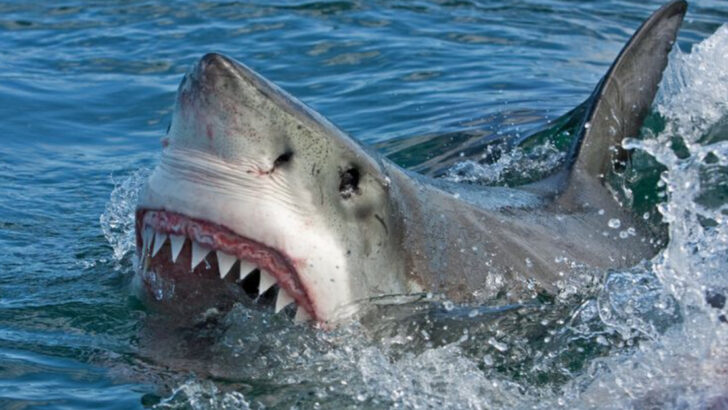You can cage a tiger. You can house a killer whale. But a great white shark? Forget it.
Aquariums have tried—and failed—spectacularly. These ocean giants don’t just resist captivity, they unravel in it. Stop swimming. Stop eating. Stop living.
They’re built for the open sea, not glass walls and filtered tanks.
And while millions would line up to see one behind the glass, there’s a long list of reasons why that’s never going to happen. From their insane travel needs to their violent hunting instincts, great whites don’t play nice with confinement.
Here are 14 wild, unexpected reasons why the most feared predator in the ocean refuses to be put on display.
Size Matters

Consider the impressive size of the Great White Shark, which can grow up to 20 feet long. This sheer magnitude makes housing them in a typical aquarium tank nearly impossible. Even the largest aquariums struggle to accommodate such massive creatures without compromising their well-being.
Imagine trying to contain a creature that requires vast open spaces to roam freely in a confined tank. The logistics become daunting, and the shark’s natural behavior would be severely restricted.
Ultimately, their grand scale and need for extensive space are key reasons they remain wild wonders rather than aquarium exhibits.
Dietary Dilemmas
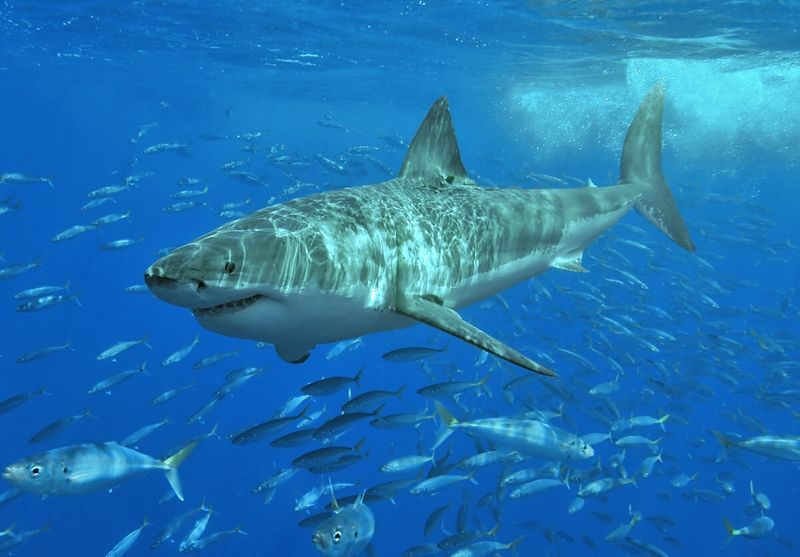
Great White Sharks are apex predators with voracious appetites, primarily feasting on seals, sea lions, and large fish. Replicating their diet within an aquarium setting poses formidable challenges.
Feeding them requires not only vast quantities of food but also specific prey types that can be difficult to source consistently. Moreover, their feeding habits are complex and not suited for controlled environments.
Attempting to satisfy the dietary needs of such a predator in captivity proves impractical. Their natural hunting instincts further complicate the situation, making them unsuitable candidates for aquarium life.
Stress Sensitivity
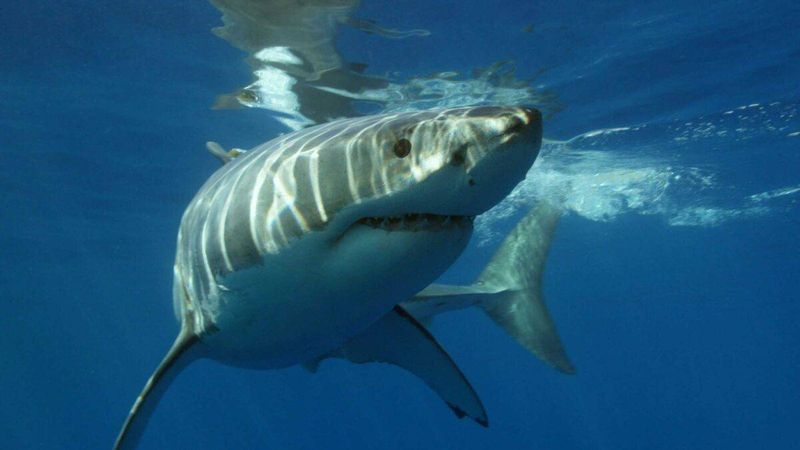
Did you know? Great White Sharks are highly sensitive to stress, and captivity exacerbates this issue. Their inability to cope with confined spaces often leads to erratic behavior and physical decline.
Unlike more adaptable marine species, they exhibit pronounced stress responses when limited to tanks, affecting their immune systems and overall health. Some have even perished shortly after being captured.
The stress-induced complications of captivity make it clear why these sharks are better off in their natural, expansive ocean habitats, where they can thrive without confinement.
Migratory Nature
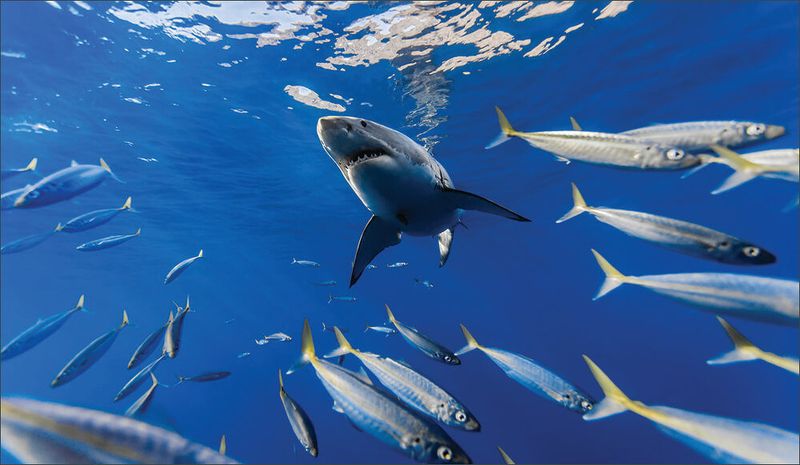
Great Whites are known for their extensive migratory patterns, traveling thousands of miles annually across oceans in search of food and suitable temperatures.
This journey, often spanning continents, is an intrinsic part of their life cycle. Captivity strips them of this fundamental behavior, leading to health deterioration and behavioral issues.
Accustomed to vast distances and open waters, these sharks simply can’t adapt to the static environment of an aquarium. Their restless nature and need for constant movement underscore the challenges aquariums face in attempting to keep them confined.
Aggression Levels

The Great White’s notorious aggression, often misunderstood, contributes to its unsuitability for aquarium life. In the wild, they establish dominance through fierce displays, crucial for survival.
In captivity, however, such behavior can become problematic, leading to injuries to themselves or tank mates. The controlled environment fails to accommodate their natural need for asserting dominance.
Their aggressive nature, while awe-inspiring, poses significant risks in an aquarium setting where natural social structures can’t be maintained, making them poor candidates for a life behind glass.
Electric Sensitivity
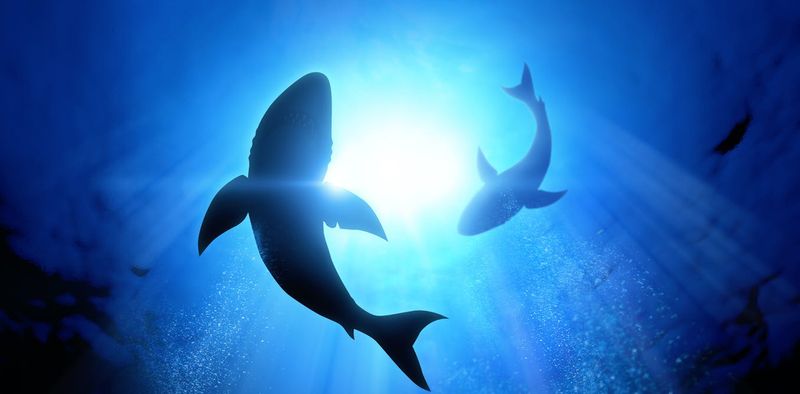
Great White Sharks possess special sensory organs called ampullae of Lorenzini, allowing them to detect faint electrical signals in the water. This heightened sensitivity becomes problematic in aquariums.
Man-made environments are rife with electronic equipment, generating currents that can disturb these sharks. Such disturbances lead to confusion and stress, affecting their well-being.
The inability to shield them from these electrical interferences further explains why keeping Great Whites in aquariums is a flawed endeavor. Their reliance on electroreception is best suited to the open ocean, where natural conditions prevail.
Short Captivity Survival
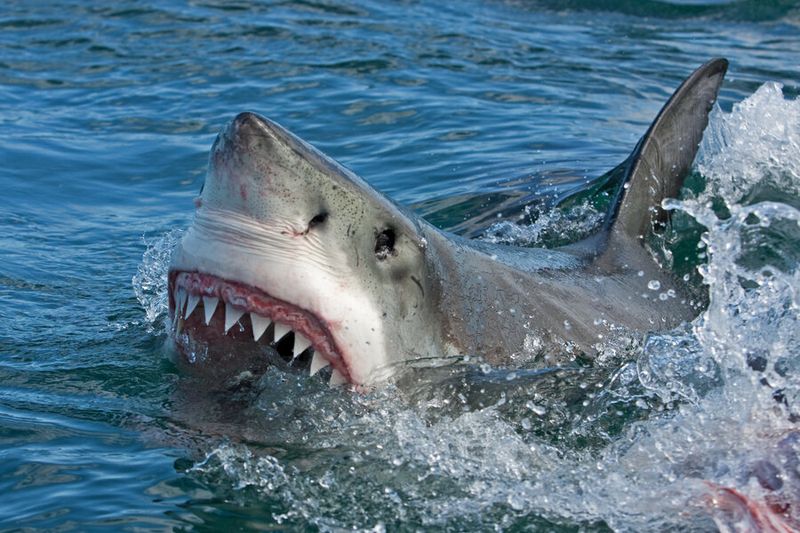
Historically, Great White Sharks have exhibited alarmingly short survival rates in captivity. Most individuals captured for display succumb within months, unable to adapt to the restricted environment.
This pattern, consistent across attempts, underscores the mismatch between their natural lifestyle and aquarium conditions. Captivity often results in malnourishment, stress, and eventual mortality.
The consistently short lifespans of captive Great Whites serve as a poignant reminder of the limitations in replicating their oceanic habitats, reinforcing why they remain free-swimming giants rather than aquarium inhabitants.
Natural Predatory Skills

Great Whites are famed for their hunting prowess, utilizing speed, stealth, and powerful jaws to capture prey. These skills, honed in the wild, are difficult to replicate in aquariums.
In captivity, the absence of natural hunting opportunities diminishes their instinctual behaviors, leading to frustration and abnormal conduct. The thrill of the hunt, so vital to their existence, cannot be provided in a tank.
The incompatibility of their predatory nature with confined spaces highlights why Great Whites remain enigmatic ocean predators, ill-suited for the artificial world of aquariums.
Complex Social Structures
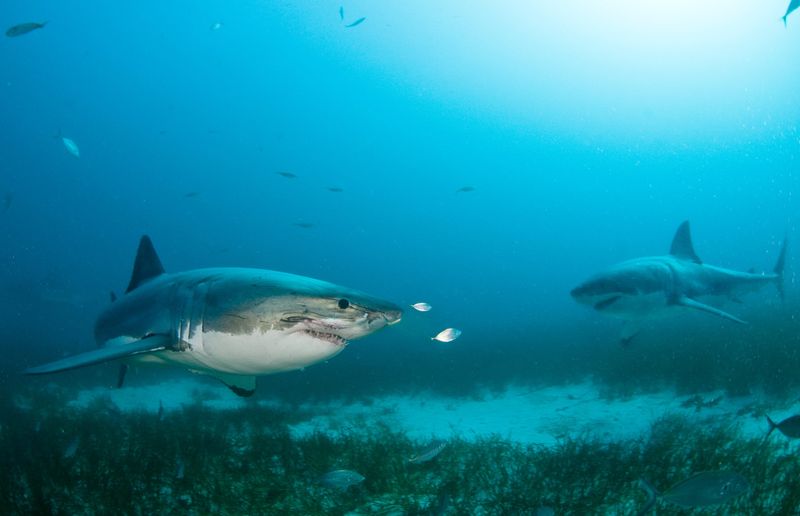
While often seen as solitary, Great Whites engage in complex social interactions that are not easily observed in aquariums.
These interactions, involving hierarchy and communication, require vast ocean spaces to unfold naturally. Captivity disrupts these social structures, leading to increased aggression and stress.
The depth of their social behaviors, often underestimated, makes them unsuitable for the constrained environment of a tank. Their intricate relationships require a natural setting, further explaining their absence from aquarium displays.
High Metabolic Needs
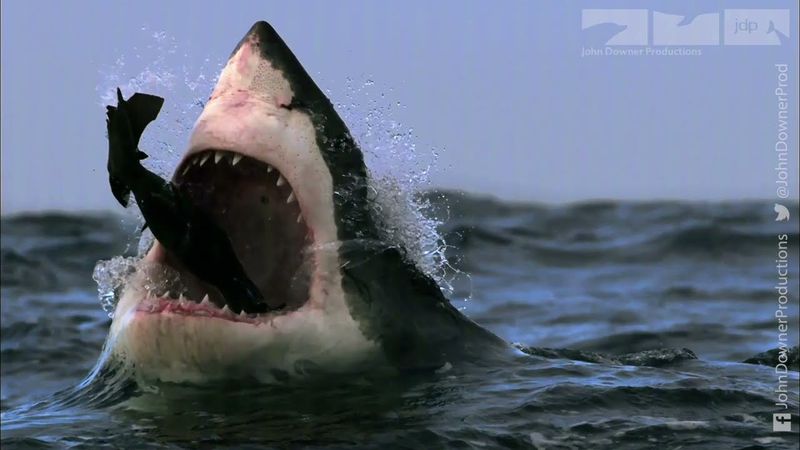
The high metabolic rate of Great White Sharks demands vast energy resources and space, conditions unachievable in aquariums.
Their need for constant movement and large amounts of food to sustain their energy levels doesn’t align with the capabilities of confined spaces. The restrictive tank conditions hinder their natural metabolic processes.
Understanding their energetic lifestyle sheds light on the logistical difficulties of maintaining such creatures in captivity, further proving why they’re left to roam the oceans instead of living in aquariums.
Legal and Ethical Concerns
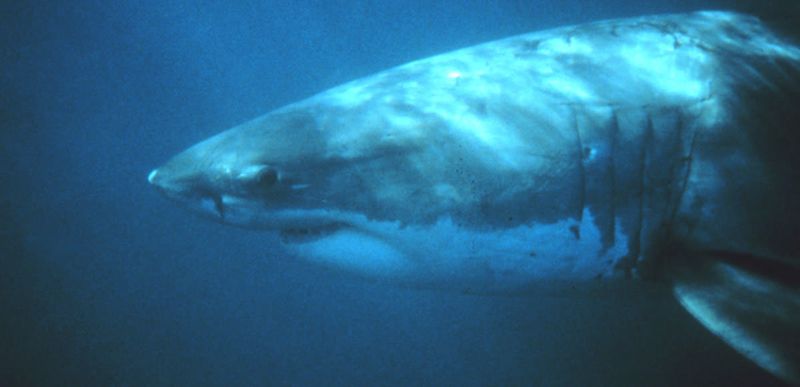
The capture and display of Great White Sharks are often met with legal and ethical challenges. Conservation laws protect these majestic creatures, restricting capture efforts to preserve their populations.
Ethically, subjecting them to the confines of an aquarium raises concerns about animal welfare and respect for their natural behaviors. Public opinion increasingly favors their protection over display.
The intersection of legal restrictions and ethical considerations forms a strong argument against their captivity, supporting efforts to keep them thriving in their native habitats.
Public Safety Risks

Bringing Great White Sharks into aquariums introduces significant public safety risks. Their size, strength, and unpredictability pose challenges in ensuring the safety of both the animals and visitors.
Aquariums must maintain strict safety protocols, yet the inherent dangers of housing such formidable predators remain. Accidents could have severe consequences, making them high-risk exhibits.
The potential for incidents underscores the practicality concerns of featuring Great Whites in aquarium settings, emphasizing why they’re best observed from a safe distance in their natural ocean environments.
Conservation Efforts

Conservation efforts focus on protecting Great White Sharks in their natural habitats rather than confining them to aquariums.
Research and tagging initiatives aim to understand and preserve their populations, emphasizing the importance of ocean conservation. These endeavors ensure their continued survival in the wild.
By prioritizing conservation over captivity, we contribute to the sustainability of marine ecosystems and respect the ecological role of Great Whites, reinforcing their status as ocean dwellers rather than aquarium attractions.
Unique Swimming Patterns

Did you know that Great White Sharks have a peculiar swimming style that is difficult to replicate in captivity? Their need for continuous movement not only keeps them afloat but also aids in breathing.
In a confined space, their natural rhythm can be disrupted, leading to disorientation. These sharks often swim in large, elliptical patterns that allow them to cover vast distances effortlessly.
Attempting to recreate such an environment in an aquarium is nearly impossible. The sheer space they require to mimic their natural swimming habits is beyond the scope of most facilities, making captivity unfeasible.

